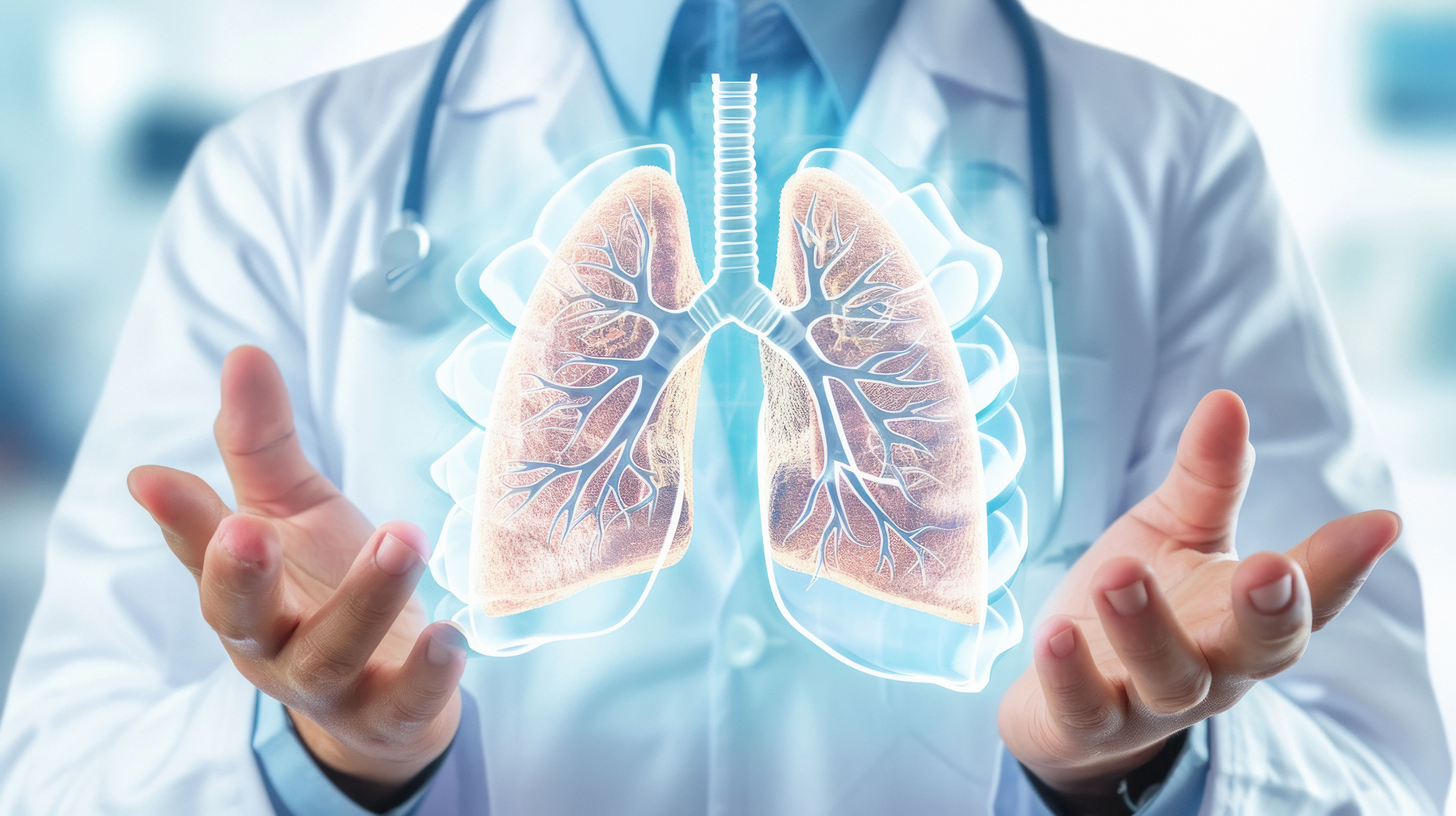Article
Exposure to e-Cigarette Smoke Associated With Lung Cancer in Mice
Author(s):
Long term e-cigarette impact on humans remains unknown, although studies on mice suggest potentially harmful consequences for users.
Exposure to electronic cigarette smoke (ECS) was linked to lung adenocarcinoma and bladder hyperplasia in mice, suggesting a potential long-term threat to human health, according to a study published this week in the journal Proceedings of the National Academy of Sciences.1 The findings conflict with the marketing claims of e-cigarette makers, who promote their products as a safe alternative to combustible tobacco.
E-cigarette use has grown in popularity over the past decade, with a stark increase among teens since 2017. In 2019, 25% of 12th graders, 20% of 10th graders, and 9% of eighth graders reported vaping nicotine within the past month. These statistics support the growing concern among health and school officials, one that has been further intensified by reports of unexplained vaping-related illnesses nationwide.
A prior study by the authors on the impact of ECS on mice revealed extensive DNA damage in lungs, heart, and bladder mucosa, as well as diminished DNA repair in lungs.2 These findings on nicotine and its nitrosation product, nicotine-derived nitrosamine ketone, was shown to cause the same deleterious effects in human lung epithelial and bladder urothelial cells, which hints at the possibility that ECS is a lung and bladder carcinogen in addition to nicotine.
Researchers sought to examine this potential influence on lung and bladder functions by testing the carcinogenicity of ECS in mice. In the study, 85 mice were split into 3 groups and subjected to whole-body exposure of differing conditions for 4 hours per day and 5 day per week for 54 weeks:
- One group (n = 45) exposed to ECS generated from e-juice (nicotine [36 mg/mL], dissolved in vehicle (Veh) [iso-polypropylene glycol and vegetable glycerin 1:1 ratio])
- Second group (n = 20) exposed to Veh without nicotine
- Third group (n = 20) remained housed in animal room, exposed to filtered air (FA)
- Subsequent survival among exposed groups decreased population for the ECS-exposed group (n = 40), Veh-exposed group (n = 18), and FA-exposed group (n = 18)
To conduct the statistical analysis of lung adenocarcinoma and bladder urothelium hyperplasia formation, researchers utilized the GraphPad Prism 7.0 and 1-way ANOVA with the least significant difference post hoc test.
After 54 weeks of exposure, an examination of the gross anatomy of the mice revealed tumor-like growth in the skin, abdominal cavity, intestines, and lungs. Further microscopic examinations of these tumor-like tissues revealed that 9 of 40 (22.5%) ECS-exposed mice developed lung tumors identified by pathologists as adenocarcinomas.
Of the affected mice, 8 had a single lung adenocarcinoma, and 1 formed multiple ipsilateral adenocarcinomas. None of the mice exposed to Veh developed lung tumors, and only 1 of the 18 (5.6%) mice exposed to FA had 1 lung adenocarcinoma. Higher lung adenocarcinoma incidence in ECS-exposed versus Veh-exposed mice (P = .0454), versus the combination of Veh/FA-exposed mice (P = .0154), and versus Veh-exposed and FA-exposed mice (P = .0352) were shown as statistically significant in the study.
Similar to findings on lung adenocarcinomas, hyperplastic changes to the bladder urothelium in the mice were shown chiefly in ECS-exposed mice upon histological examination. Results showed that 23 of 40 (57.5%) ECS-exposed mice, 1 of 16 (6.3%) Veh-exposed mice, and none of the 17 FA-exposed mice developed urothelial hyperplasia (P < .001). While not statistically significant (P = .64), the frequency of urothelial hyperplasia was shown as slightly higher in mice with lung tumors (6 of 9, 67%), as opposed to mice without (18 of 31, 58%).
Study results suggest a definite correlation of ECS-exposure with lung cancer and bladder hyperplasia in mice. Lead study author Moon-shong Tang, PhD, a professor at New York University School of Medicine, stressed that “our study results in mice were not meant to be compared to human disease, but instead argue that e-cigarette smoke must be thoroughly studied before it is deemed safe or marketed that way.” As the study authors noted, epidemiological data on the relationship between ECS and human cancer may not be known for at least a decade, due to the newfound popularity of e-cigarettes.
While these correlations cannot be statistically tied to humans yet, growing research on attributed harm from ECS in mice, as well as the vaping epidemic, warrants caution among users. Even without nicotine, flavored vapors in e-cigarettes were linked to worsening severity of asthma and an impeded responsiveness to infection in mice. By expanding studies to replicate efficacy on humans, researchers can assist in delineating potential harms of e-cigarettes.
Study author Herbert Lepor, MD, the Martin Spatz Chair of Urology at NYU Langone Health, provided insight on the research group's next focus. “Our next step in this line of work will be to expand the number of mice studied, to shorten and prolong e-cigarette exposure time, and to further investigate the genetic changes caused by e-cigarette smoke,” said Lepor.
Reference
- Tang MS, Wu XR, Lee HW, et al. Electronic-cigarette smoke induces lung adenocarcinoma and bladder urothelial hyperplasia in mice. [published online October 7, 2019]. Proc Natl Acad Sci U S A. doi: 10.1073/pnas.1911321116.
- Lee HW, Park SH, Weng MW, et al. E-cigarette smoke damages DNA and reduces repair activity in mouse lung, heart, and bladder as well as in human lung and bladder cells. Proc Natl Acad Sci U S A. 2018 Feb 13;115(7):E1560-E1569.





